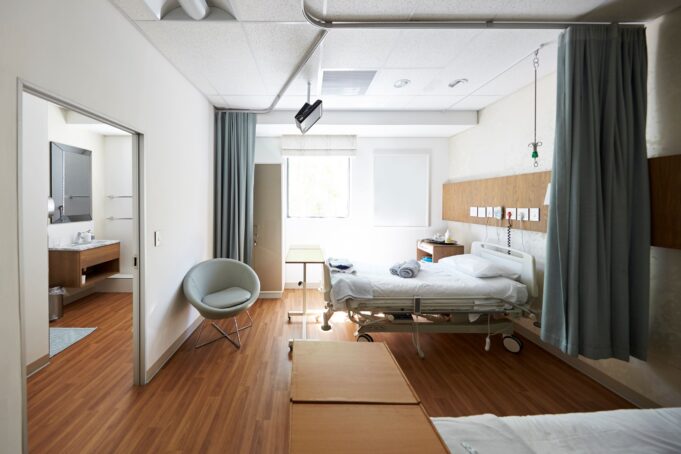The management of healthcare facilities has evolved to become focused on patient-centric design. This move has improved knowledge about patients’ needs and preferences regarding room aesthetics, functionality, noise, lighting, and access to features promoting relaxation. Patient-centric design even has operational considerations like cleanliness, maintenance, and efficient services. Through this all-round and patient-centered approach, hospitals can strive to produce environments that support healing and well-being, leading to good patient outcomes and satisfaction.
Patient-Centric Design: Importance in the Design of the Built Healthcare Environment
The built healthcare environment should be furnished with patient-centric designs—a place that takes into consideration the comfort and feelings of the patients and their families. According to research, doing this improves patient satisfaction and influences better health outcomes.
Key Elements:
- Co-Design and Patient Involvement: Patient involvement in the design process makes sure their requirements and preferences are directly underscored. Co-design methods, including those with virtual reality tools, can be used to visualize and refine patient-centric designs from the patient’s perspective.
- Environmental Comfort: Features such as natural lighting, noise reduction, and decor can vastly improve patient experiences. Research highlights cleanliness, good signage, sufficient seating, and privacy as some of the things most important to patients and also contribute to their overall comfort.
- Acoustic Comfort: Reducing noise levels in order to ensure a quiet environment for healing includes ensuring understandable speech for effective communication and speech privacy to fulfill confidentiality needs.
- Aesthetic and Functional Design: Soothing colors and materials can play a huge role in the patient’s mood and stress. Functional matters, such as an appropriate layout and good accessibility, are also critical parts of excellent patient experience.
Case Studies:
There are many studies that point to the benefits of patient-centric design. For instance, one investigation describes the importance of designing a space with less clutter and a focus on a more calming environment for both the patients and the staff members. In another example, the redesign of hospital outpatient spaces in China showed that sensory factors such as noise, air freshness, and cleanliness were important for patients and strongly affected how they perceived the quality of care and comfort in that space.
Implementing Patient-Centric Design:
Implementing patient-centric design must consider feedback from patients, healthcare professionals, and design experts. This could be done through:
- Engagement with stakeholders: Bringing in all the stakeholders, including patients, families, and staff, earlier while designing health care facilities can ensure that the varied viewpoints of stakeholders are brought in during the design process of health facilities.
- Evidence-based design: Make use of research and data in making decisions. Evidence-based design links the physical environment to health, ensuring that design choices are based on proven benefits.
- Continuous Improvement: Review and improve the facility regularly based on patient feedback and new research.
Designing hospital facilities to focus on patients is not just beneficial for patients but also for staff. Prioritizing patient-centric design in hospital facilities can create environments that promote healing, increase patient satisfaction, and improve operational efficiency. Implementing these strategies requires a commitment to understanding patient needs, integrating evidence-based practices, and fostering continuous collaboration among all stakeholders.
Sources
Advancing evidence-based healthcare facility design: a systematic literature review
Designing Health Care Facilities to Maximize Productivity and Patient Outcomes
Designing New Hospitals – Who Cares About the Patients?
Patient-Centered Design: Balancing Efficiency with Comfort and Accessibility
Patient Design: The Importance of Including Patients in Designing Health Care
Patients’ Perspectives on the Design of Hospital Outpatient Areas
Patient Perceptions of the Environment of Care in Which Their Healthcare is Delivered
Safe design of healthcare facilities
Transforming the patient experience in radiation therapy






